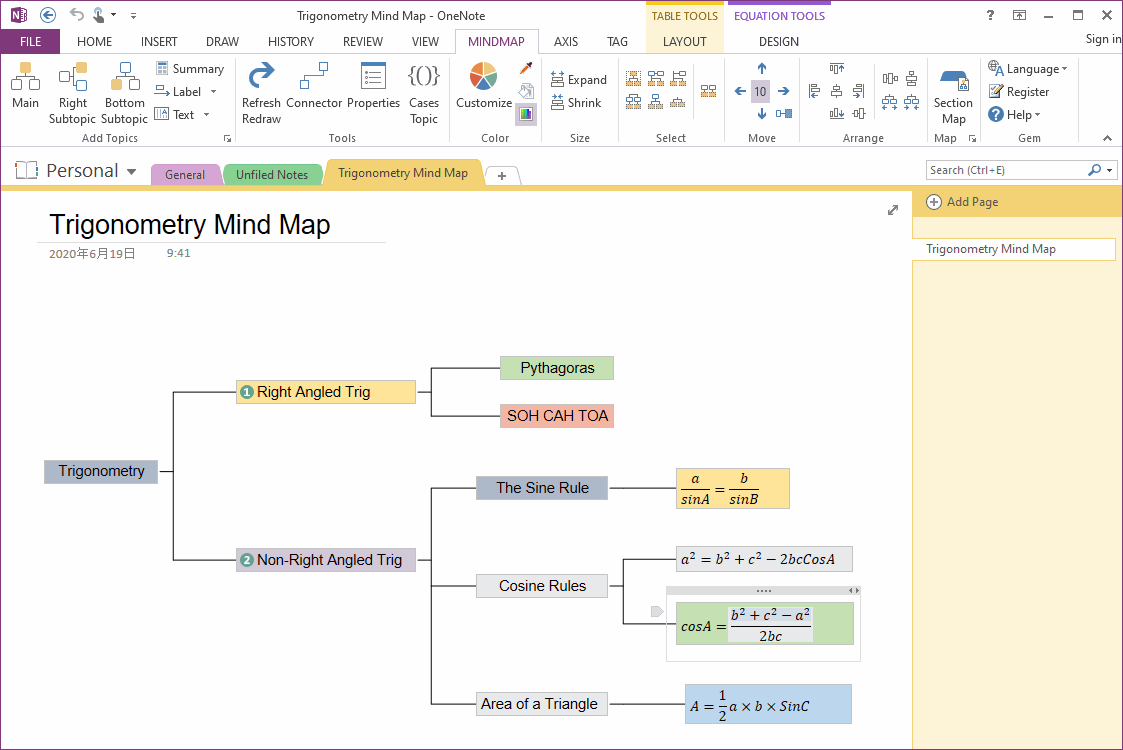

- #MICROSOFT ONENOTE ADD INS DOWNLOAD FLOW MAP HOW TO#
- #MICROSOFT ONENOTE ADD INS DOWNLOAD FLOW MAP INSTALL#
- #MICROSOFT ONENOTE ADD INS DOWNLOAD FLOW MAP UPDATE#
The configuration.xml file contains the settings for the installation. The Office Deployment Tool is a command line tool, so it can be used with scripts or batch files. To deploy Microsoft 365 Apps for enterprise, you can use the Office Deployment Tool along with a configuration.xml file. There is no special guidance about what tools you can use to deploy Microsoft 365 Apps for enterprise in GCC High or DoD environments. What tools to use to deploy Microsoft 365 Apps for enterprise

These estimates are based on historical data from the past year or so of updates. The size of those updates can vary from 50 mb to 300 mb. If Microsoft 365 Apps for enterprise is being updated directly from the Office CDN, the amount of network traffic to each computer is significantly less, because only the changed files need to be downloaded. The core files for Microsoft 365 Apps for enterprise are at least 1.6 GB and at least 250 MB for each language deployed.

For example, you have to keep track of when new builds of Microsoft 365 Apps for enterprise are available and then download the updated version of Microsoft 365 Apps for enterprise to your network. Keep in mind that installing and updating Microsoft 365 Apps for enterprise from a shared folder on your local network requires significantly more administrative effort and more disk space. Also, computers installed with Microsoft 365 Apps for enterprise still require internet connectivity in order to remain activated. You will still need a least one computer to have access to the Office CDN to be able to download Microsoft 365 Apps for enterprise and updates to Microsoft 365 Apps for enterprise to the shared folder on your internal network. If you don't want computers installed with Microsoft 365 Apps for enterprise to connect to the Office CDN and the Device Management Service to get updates, you need to configure Microsoft 365 Apps for enterprise to be installed and updated from a shared folder from within your internal network. This requires the least amount of administrative effort and is an easy way to keep Microsoft 365 Apps for enterprise up to date. You can also configure Microsoft 365 Apps for enterprise to receive updates automatically from the Office CDN. If network connectivity and other considerations based on your organizational requirements aren't an issue, you can choose to deploy Microsoft 365 Apps for enterprise directly from the Office Content Delivery Network (CDN) on the internet.
#MICROSOFT ONENOTE ADD INS DOWNLOAD FLOW MAP INSTALL#
Where to install Microsoft 365 Apps for enterprise from and where to get updates
#MICROSOFT ONENOTE ADD INS DOWNLOAD FLOW MAP UPDATE#
In those cases where you have select devices that require extensive testing before receiving new features, we recommend Semi-Annual Enterprise Channel.įor more information, see Overview of update channels for Microsoft 365 Apps. If you need additional predictability of when these new Office features are released each month, we recommend Monthly Enterprise Channel. We recommend Current Channel, because it provides your users with the newest Office features as soon as they are ready. Which update channel of Microsoft 365 Apps for enterprise to use For links to the correct version of the MSI-based installer for your environment, see Install Microsoft Teams using Microsoft Endpoint Configuration Manager.
#MICROSOFT ONENOTE ADD INS DOWNLOAD FLOW MAP HOW TO#


 0 kommentar(er)
0 kommentar(er)
